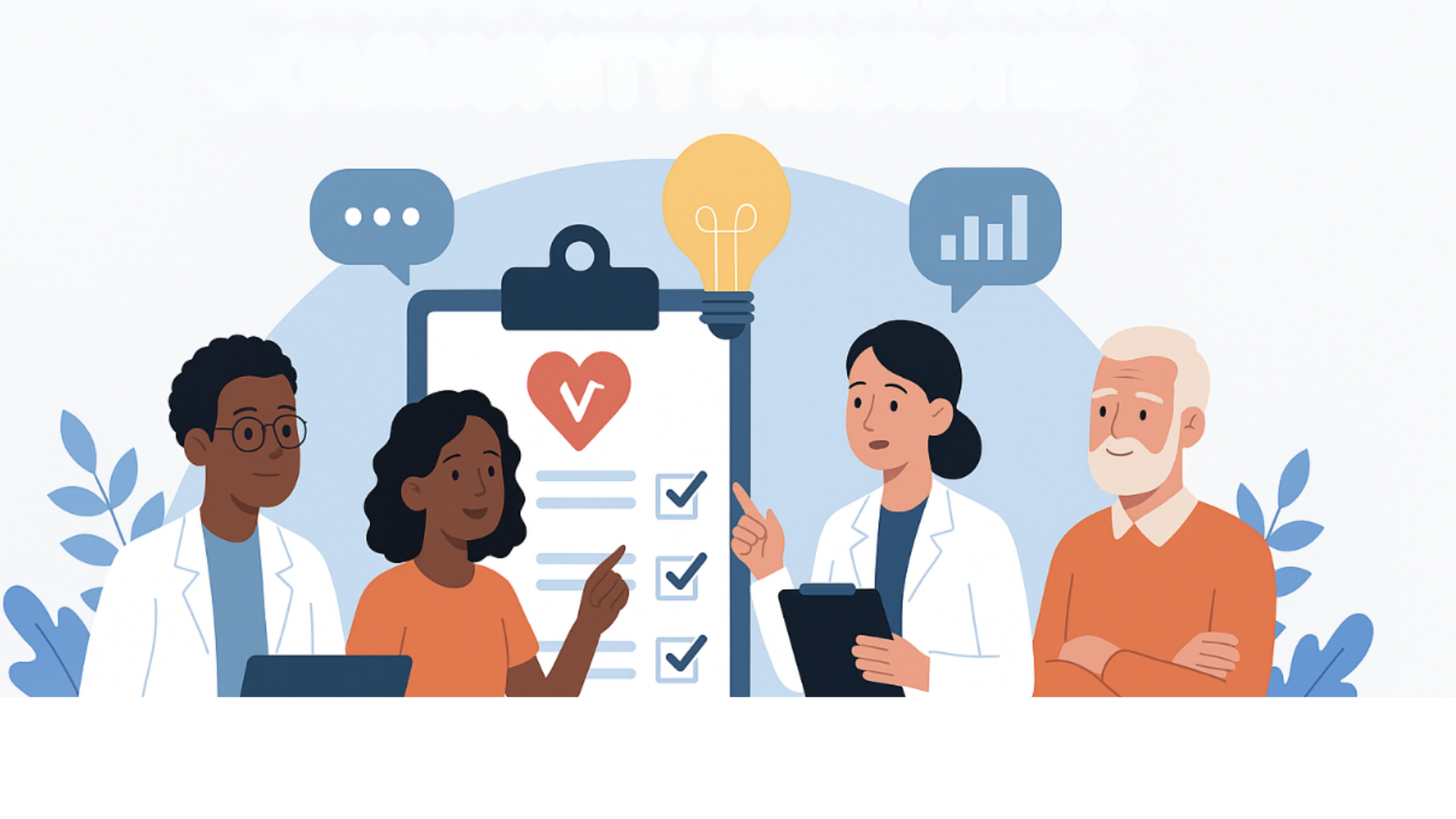
A Little Goes A Long Way
Your gift today is an investment in BrainTrust services that improve the lives of those with brain injury.
Donate Today


When we think about homelessness, we often focus on housing—understandably. But there’s a much bigger story unfolding behind the scenes. Many people who are unhoused are also living with the lasting effects of a brain injury, struggling with mental health, or navigating substance use challenges—and often, it’s all three at once.
A recent Canadian study asked a simple but powerful question: what do people with lived experience, frontline workers, and service providers think would actually help? The answers, gathered from 163 voices across the country, are both eye-opening and deeply practical.
Here’s what we know:
More than half of people experiencing homelessness have had a traumatic brain injury.
Around two-thirds live with mental health or substance use issues.
Many fall through the cracks because the healthcare system wasn’t built for people dealing with all of this at once.
So, what do we do about it?
This study didn’t rely solely on researchers in offices—it went straight to the people who know best. And here’s what they recommended:
Not just a bed for the night. People need supportive, stable housing that takes into account mental health, addiction, and cognitive challenges.
Frontline workers are stretched thin. We need to invest in more staff, more training, and more resources to help them help others.
Services shouldn’t just treat what’s urgent—they should focus on improving quality of life. That means long-term care, not just short-term fixes.
Care works better when service providers—mental health teams, housing supports, addiction counselors—actually communicate with each other.
Public education campaigns can change the narrative and build compassion around brain injury, mental health, and homelessness.
This study also called for better research—especially work that’s grounded in real-life experiences. That includes:
Testing what’s already working in small pockets.
Designing tools specifically for people with both brain injury and mental health challenges.
Collecting data that reflects lived reality—not just stats.
Making research easier to share and use on the ground.
At its heart, this study is about listening. It’s a reminder that real solutions don’t come from the top down—they come from the ground up.
As BrainTrust and others continue to support individuals living with brain injury, this research offers a clear call: if we want to create lasting change, we need to include those with lived experience in the conversation—and actually act on what they say.